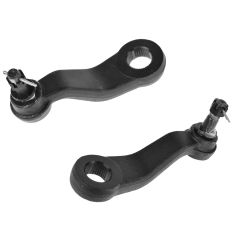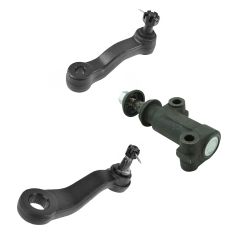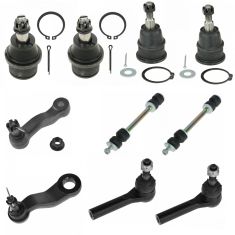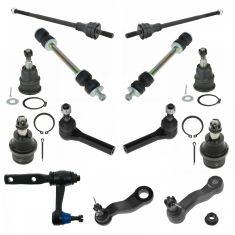1ASPA00009-Chevrolet GMC Cadillac Hummer Pitman Arm TRQ PSA67636
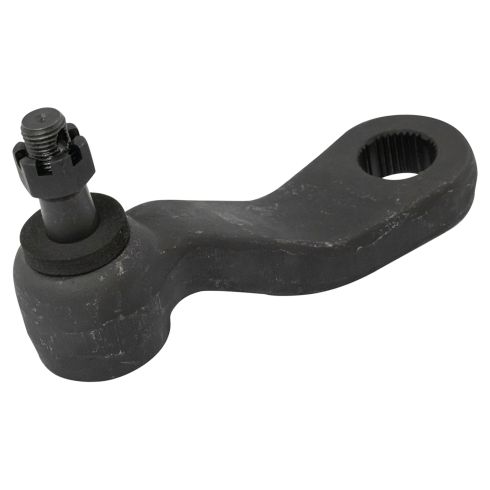
Replaces
2003 GMC Savana 3500 Van with 4 Groove Pitman Arm Pitman Arm TRQ PSA67636

Product Reviews
Loading reviews
5.00/ 5.0
3
3 reviews
Great value
November 4, 2020
My Pitman arm came sooner than expected, just what the dr ordered
Patience is key
December 7, 2020
First, kudos to 1aauto, couldn't be a home mechanic without you.
The new part was no problem to install. But to order the right one, just get under there an look at the splines. You'll be able to see which one to get but loosening the nut below the pitman arm. FYI, getting the old one off is one of the hardest things to do. It makes pressing misfitting ball joints seem easy. You really need a $90 puller with arm locks + heat. Mine wasn't even rusted, just really tough to pull off.
Get everything new at a great price
October 9, 2023
Needed this new to replace all
Customer Q&A
will this work on a 2000 chevy z71 crew cab?
March 11, 2018
10
As long as your original pitman arm has 4 grooves it will fit. Please check out 1ASPA00008 if yours requires 3 grooves
March 28, 2018
T I
Is this Moog?
May 6, 2020
10
Hello Eric. This is not a Moog part, it is one of our house brand products. 1A Auto's house brand parts are manufactured by various aftermarket companies specifically for us and built to your vehicle's exact OEM specifications. Please let us know if you have any other questions.
May 7, 2020
T I
GMC is a registered trademark of General Motors Company. 1A Auto is not affiliated with or sponsored by GMC or General Motors Company.
See all trademarks.







